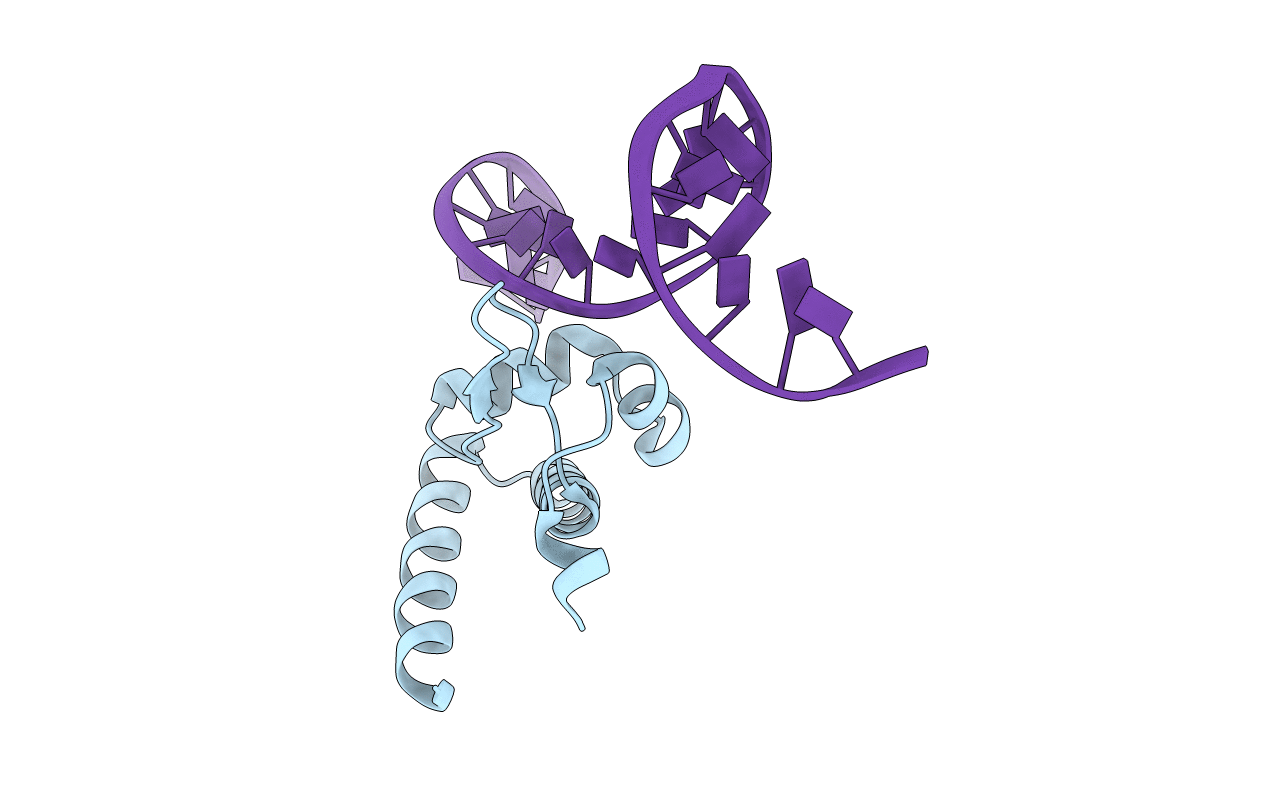
Deposition Date
2014-08-08
Release Date
2015-03-04
Last Version Date
2024-02-28
Entry Detail
PDB ID:
4R24
Keywords:
Title:
Complete dissection of B. subtilis nitrogen homeostatic circuitry
Biological Source:
Source Organism:
Bacillus megaterium (Taxon ID: 1006007)
Synthetic DNA (Taxon ID: 32630)
Synthetic DNA (Taxon ID: 32630)
Host Organism:
Method Details:
Experimental Method:
Resolution:
2.25 Å
R-Value Free:
0.24
R-Value Work:
0.21
R-Value Observed:
0.21
Space Group:
C 2 2 21


